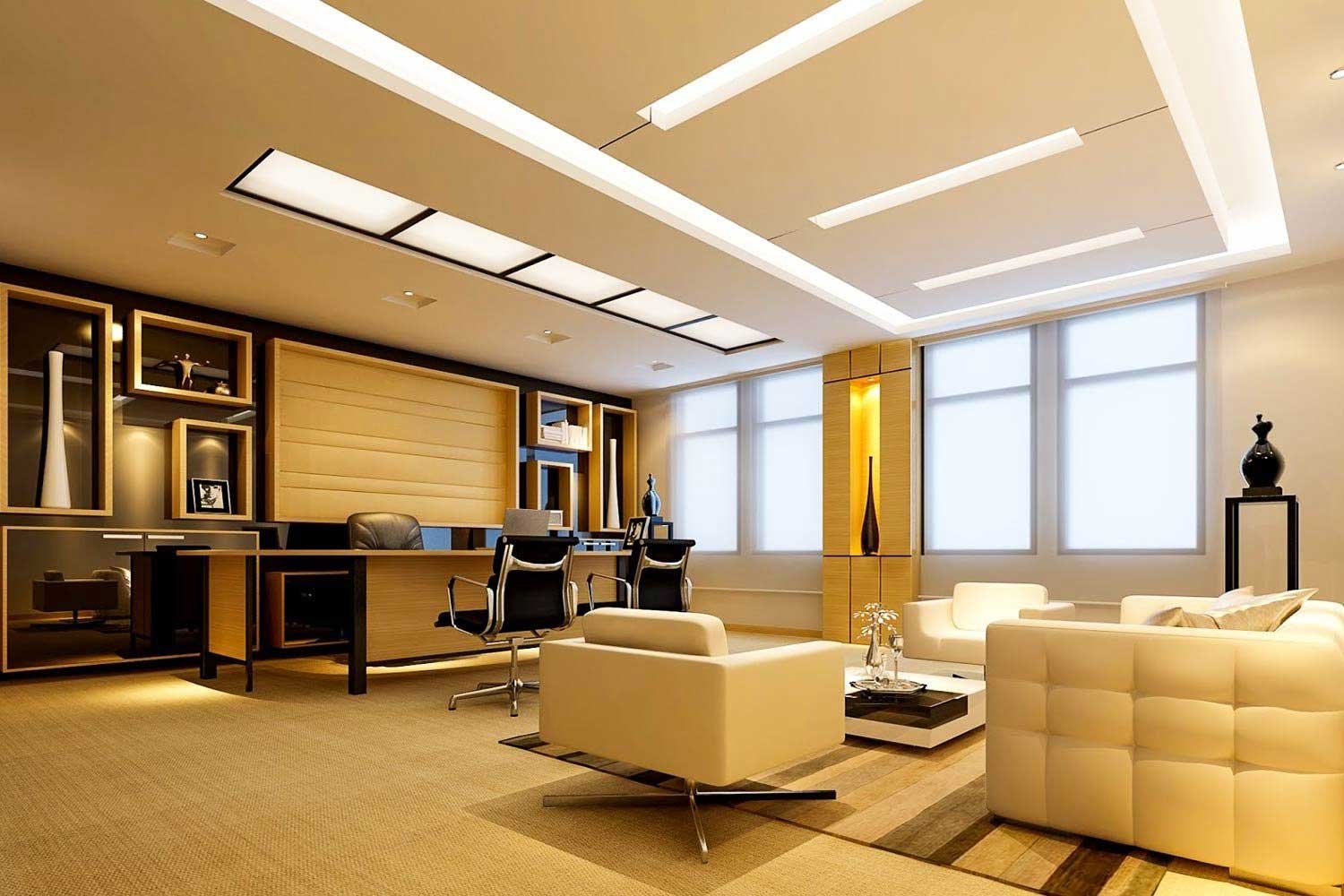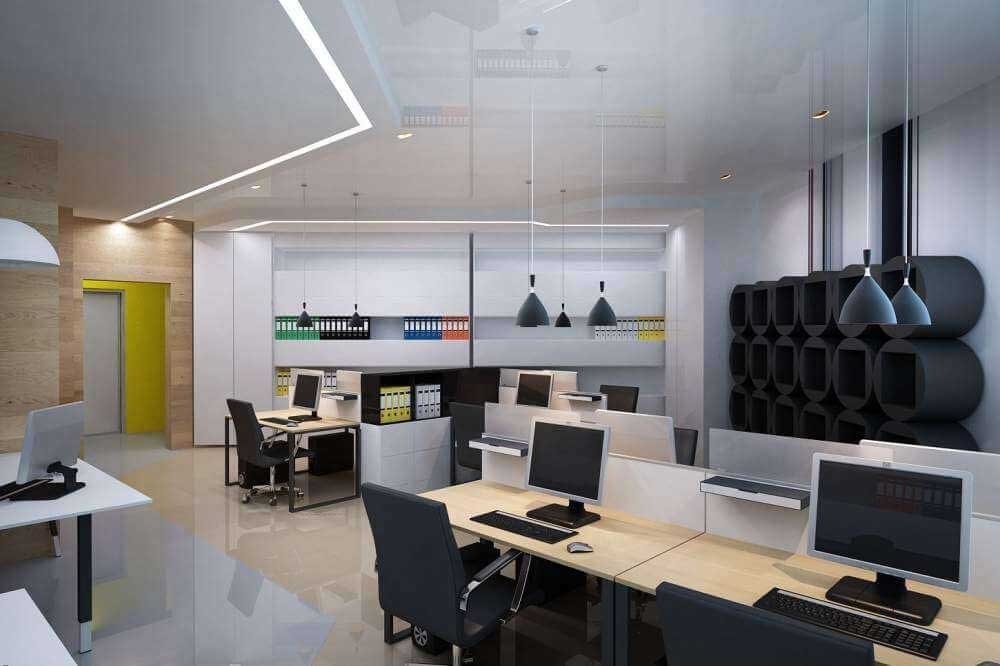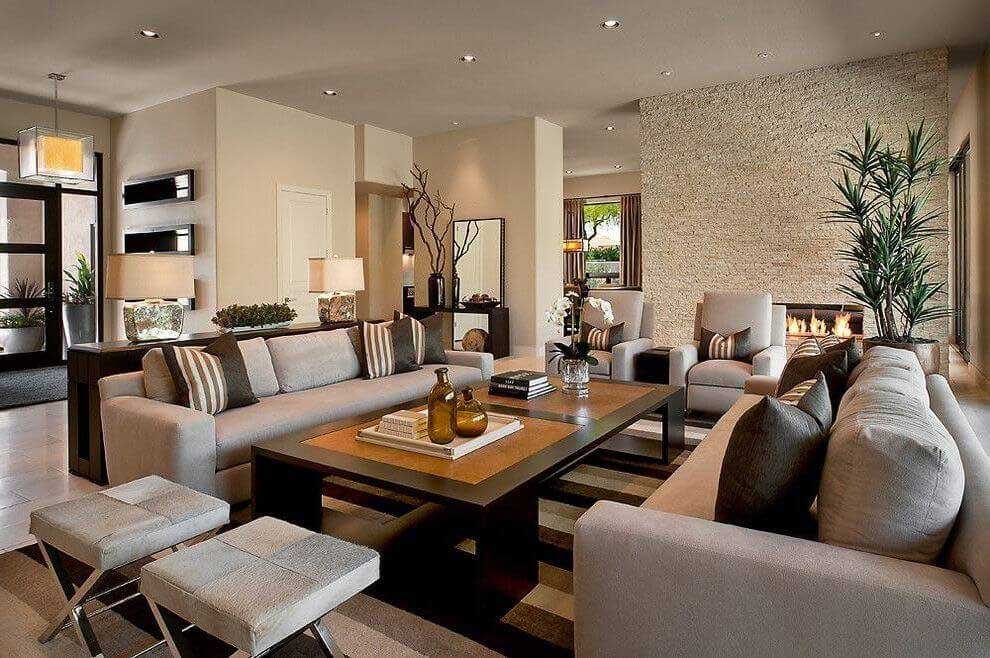Living in a bustling metropolis like Dubai often means dealing with smaller living spaces, especially in high-rise apartments. However, with smart design choices, you can maximize every inch of your home and create a stylish, functional, and comfortable environment. Here are some detailed tips to help you transform your small Dubai apartment into a spacious oasis.
1. Opt for Multi-Functional Furniture
In small apartments, every piece of furniture should serve more than one purpose. Multi-functional furniture helps save space and adds versatility to your living area.
Key Points:
- Sofa Beds: A sofa that converts into a bed is perfect for accommodating guests without needing an extra room.
- Extendable Tables: Dining tables that can be extended for guests and folded down when not in use save space.
- Storage Ottomans: Ottomans with storage inside can double as extra seating and a place to keep blankets, books, or other items.
2. Use Light Colors and Reflective Surfaces
Light colors and reflective surfaces can make a small space feel larger and more open. They reflect natural light, creating a bright and airy atmosphere.
Key Points:
- Light Walls and Ceilings: Paint walls and ceilings in light shades such as white, beige, or pastel colors to create a sense of openness.
- Mirrors: Strategically place mirrors to reflect light and give the illusion of a larger space. A large mirror on one wall can significantly enhance the perception of space.
- Glossy Finishes: Use glossy finishes on furniture and countertops to reflect light and add a touch of elegance.
3. Maximize Vertical Space
Utilizing vertical space is essential in small apartments. Vertical storage solutions can free up floor space and keep your apartment organized.
Key Points:
- Shelving Units: Install shelves high up on the walls to store books, decor, and other items.
- Tall Cabinets: Choose tall cabinets that reach the ceiling to make the most of your storage capacity.
- Hanging Storage: Use hooks and racks for hanging items such as pots and pans in the kitchen, or coats and bags in the entryway.
4. Create Defined Zones
Even in a small apartment, it’s important to create distinct zones for different activities. This can help make your space feel more organized and functional.
Key Points:
- Rugs: Use rugs to define different areas, such as the living room, dining area, and bedroom.
- Furniture Arrangement: Arrange furniture to create separate zones. For example, place a sofa and coffee table to define the living area and a desk and chair to define the workspace.
- Room Dividers: Use room dividers like folding screens, curtains, or open shelving units to create distinct areas without blocking light or making the space feel cramped.
5. Incorporate Built-In Storage
Built-in storage solutions can be custom-designed to fit your space perfectly, providing ample storage without taking up too much room.
Key Points:
- Built-In Wardrobes: Install built-in wardrobes with sliding doors to save space and provide plenty of storage for clothes and accessories.
- Under-Bed Storage: Use the space under your bed for built-in drawers or storage boxes.
- Window Seats with Storage: Create a cozy window seat with built-in storage underneath for books, blankets, or shoes.
6. Choose Space-Saving Appliances
Compact and multi-functional appliances are ideal for small kitchens and bathrooms. They save space without compromising on functionality.
Key Points:
- Stackable Washer and Dryer: Opt for stackable or all-in-one washer-dryer units to save floor space.
- Slimline Dishwashers: Choose slimline dishwashers that fit into narrow spaces in your kitchen.
- Compact Kitchen Appliances: Use compact versions of kitchen appliances, such as mini fridges, microwaves, and stovetops.
7. Use Smart Lighting
Good lighting can make a small space feel larger and more inviting. Layered lighting solutions provide both functionality and ambiance.
Key Points:
- Recessed Lighting: Install recessed lighting to avoid the bulk of hanging fixtures and create a clean, streamlined look.
- Task Lighting: Use task lighting, such as under-cabinet lights in the kitchen and reading lamps in the living room, to brighten specific areas.
- Dimmer Switches: Install dimmer switches to adjust the lighting according to the time of day and the activity.
8. Declutter and Stay Organized
Keeping your apartment tidy and organized is crucial in a small space. Clutter can make even the largest space feel cramped and chaotic.
Key Points:
- Minimalist Approach: Adopt a minimalist approach to decor and furnishings. Only keep items that you truly need and love.
- Regular Purging: Regularly go through your belongings and get rid of items you no longer use or need.
- Storage Solutions: Use baskets, bins, and drawer organizers to keep everything in its place and out of sight.
9. Opt for Open and Transparent Furniture
Open and transparent furniture pieces create a sense of openness and allow light to flow through, making the space feel less crowded.
Key Points:
- Glass Tables: Use glass dining tables and coffee tables to maintain a clear line of sight and add a modern touch.
- Open Shelving: Choose open shelving units instead of closed cabinets to display items without making the space feel heavy.
- Acrylic Furniture: Incorporate acrylic or lucite furniture, such as chairs and side tables, for a stylish and unobtrusive look.
10. Personalize with Care
Personal touches make your apartment feel like home. However, in small spaces, it’s important to personalize without overwhelming the space.
Key Points:
- Artwork: Hang artwork that reflects your personality, but avoid overcrowding walls. One or two statement pieces can be more impactful.
- Textiles: Use textiles like cushions, throws, and rugs to add color and texture without taking up space.
- Plants: Incorporate plants to bring life and freshness into your apartment. Choose small, manageable plants that don’t require a lot of space.
Transforming a small Dubai apartment into a stylish and functional space is entirely possible with thoughtful design choices. By opting for multi-functional furniture, using light colors and reflective surfaces, maximizing vertical space, creating defined zones, incorporating built-in storage, choosing space-saving appliances, using smart lighting, decluttering, selecting open and transparent furniture, and personalizing with care, you can make the most of your living space. For expert assistance in optimizing your small apartment, contact Livingacre Interiors. Our team of experienced designers can help you create a beautiful, practical, and comfortable home tailored to your unique needs and style.


